5 Sacred Meals in the Bible and What They Teach Us Today
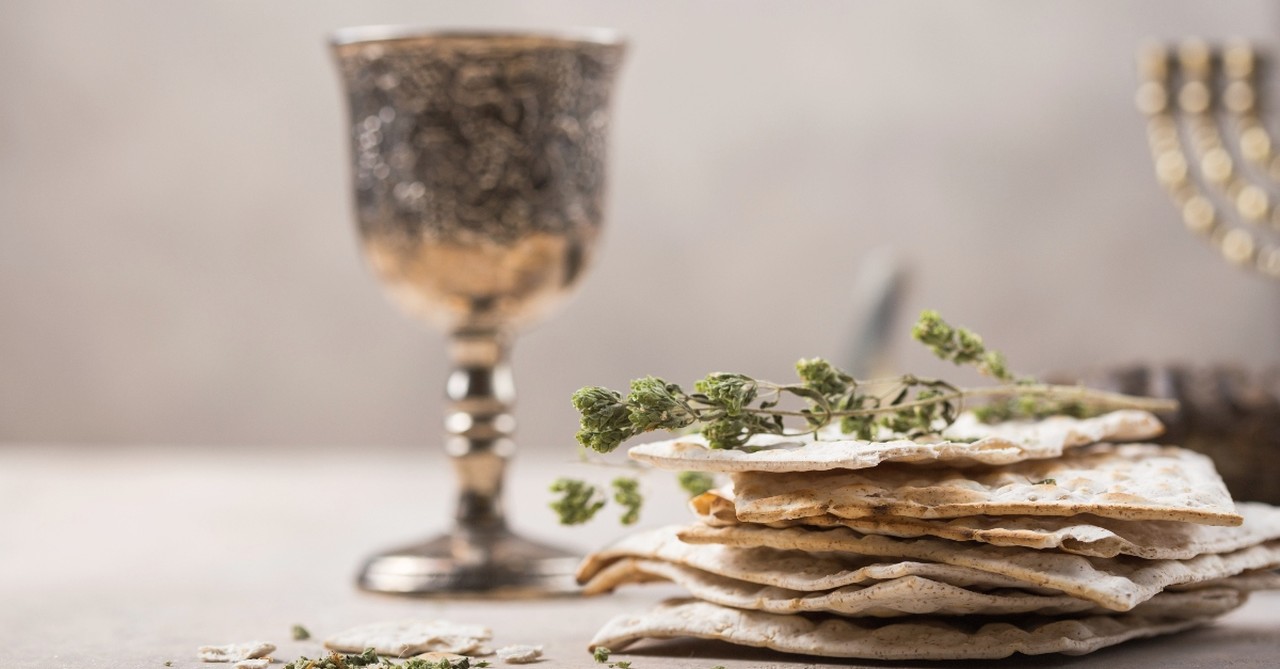
Various foods have spiritual significance throughout the Bible, including the foreshadowing of Jesus Christ. Christians can be encouraged to realize God's faithfulness throughout Scripture despite the world's rebellion and His people's disobedience.
The following five meals in the Old and New Testaments have much to offer us today.
1. The Passover
One of the earliest sacred meals is the Passover. Central to Jewish tradition, the Passover represents God's deliverance of the Israelites from slavery in Egypt.
In Exodus 12, the Lord instructed Moses and Aaron in Egypt, establishing the month of Nisan as the first month of the year for the Israelites. According to the Lord’s instruction, the Israelites are to take a lamb on the tenth day of the month, one for each household, and slaughter it on the fourteenth day at twilight. The Israelites then were to take the blood of the lamb and place it on the doorposts and lintels of the houses where the lamb was eaten, which was also a sign of God’s protection of Israel from the final plague on the firstborn of the Egyptians.
Jesus later reinterpreted this meal during the Last Supper, when He instituted the Eucharist, representing His body and blood as a sacrifice for humanity's sins.
Photo Credit: ©iStock/Getty Images Plus/gorchittza2012
2. The King's Table: David and Mephibosheth
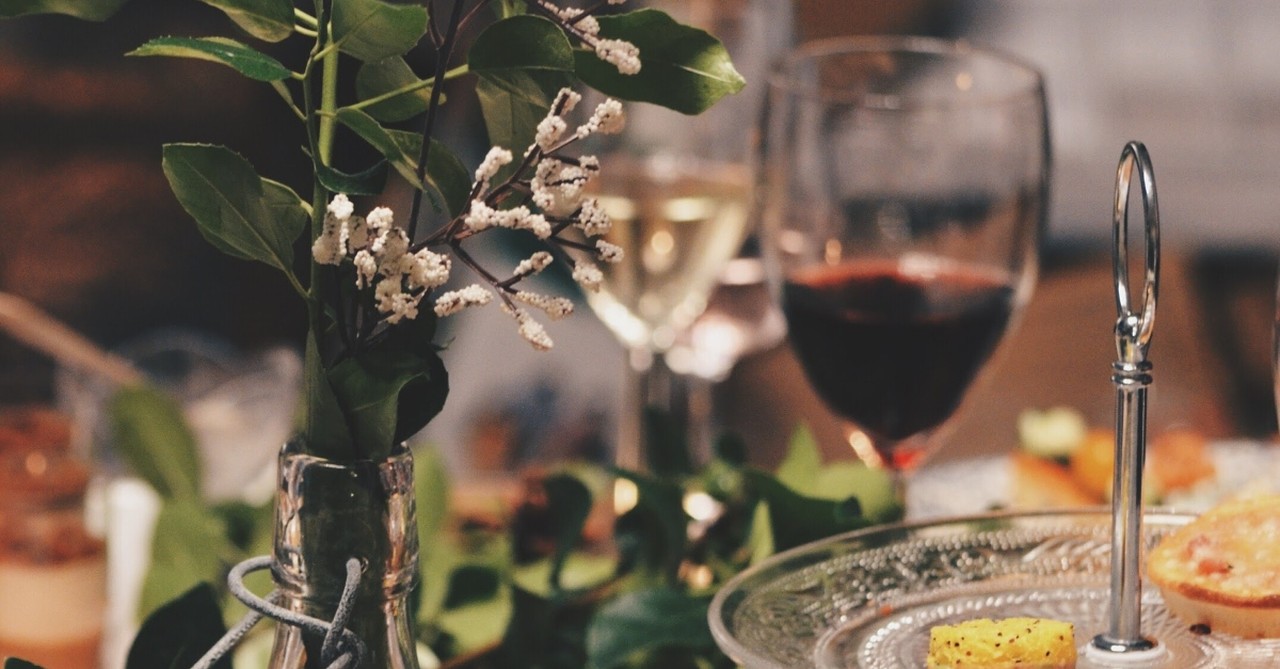
2. The King's Table: David and Mephibosheth
SLIDE 1 OF 4
In 2 Samuel 9, King David welcomed Mephibosheth, the son of Jonathan, and the grandson of the former Israelite king Sault. Despite being persecuted by Saul, David demonstrates kindness to Mephibosheth, who is crippled in both feet, due to his covenant to Jonathan, who was his best friend.
Although Mephibosheth initially is afraid, the king tells him, “Do not fear, for I will show you kindness for the sake of your father Jonathan, and I will restore to you all the land of Saul your father, and you shall eat at my table always.” (v.7) Mephibosheth, in his response, paid homage and said, “What is your servant, that you should show regard for a dead dog such as I?” (v.8).
Yet due to his covenant with Jonathan, David tells Ziba, Saul’s servant, that he has given everything belonging to Saul and his household to Mephibosheth and good to eat, to which Ziba obliged.
“Then Ziba said to the king, “According to all that my lord the king commands his servant, so will your servant do.” So, Mephibosheth ate at David’s table, like one of the king’s sons. Mephibosheth also had a young son named Mica. And all who lived in Ziba’s house became Mephibosheth’s servants. So, Mephibosheth lived in Jerusalem, for he ate always at the king’s table. Now he was lame in both his feet.” (vv. 11-13)
This meal is significant as David’s compassion towards Mephibosheth, who is broken in both feet, is symbolic of God’s compassion to us, who are spiritually broken and undeserving due to sin, to His table of grace because Christ makes us right with God through Calvary.
Photo Credit: © Unsplash/Caroline Hernandez
3. Manna
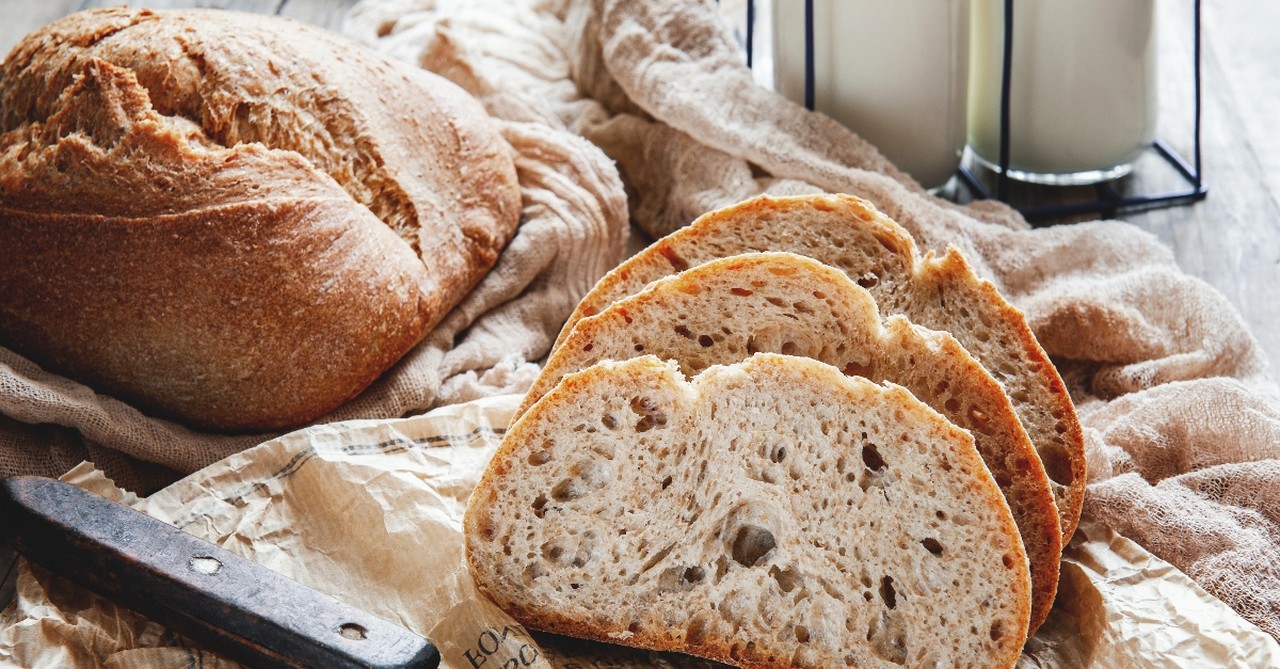
3. Manna
SLIDE 2 OF 4
Through Israel’s journey in the wilderness, God provided manna as a means of nourishment when they needed food. The Lord had provided quail in the evening and manna in the morning, which is described as “fine, flake-like thing, fine as frost on the ground” (Exodus 16:14). Elsewhere in Scripture, manna is described as “bread from heaven (Nehemiah 9:15, Psalm 78:24 and Psalm 105:40) or angels’ food (Psalm 78:25). After leaving the desert at Sinai, however, God’s anger is kindled against Israel for their complaints about the manna so he gives them quail where it comes out of their noses.
God’s provision of manna foreshadows what happens in the New Testament, where Jesus Christ refers to Himself as the Bread of Heaven. After performing the miracle of the five loaves and two fish and feeding 5,000 people, Jesus makes this statement to his disciples.
"I am the living bread that came down from heaven. Whoever eats of this bread will live forever. And the bread that I will give for the life of the world is my flesh” (John 6:51).
Both cases demonstrate that God provides for His people and that Jesus Christ satisfies both hunger and thirst.
Photo Credit: ©iStock/Getty Images Plus/Oxana Medvedeva
4. The Last Supper
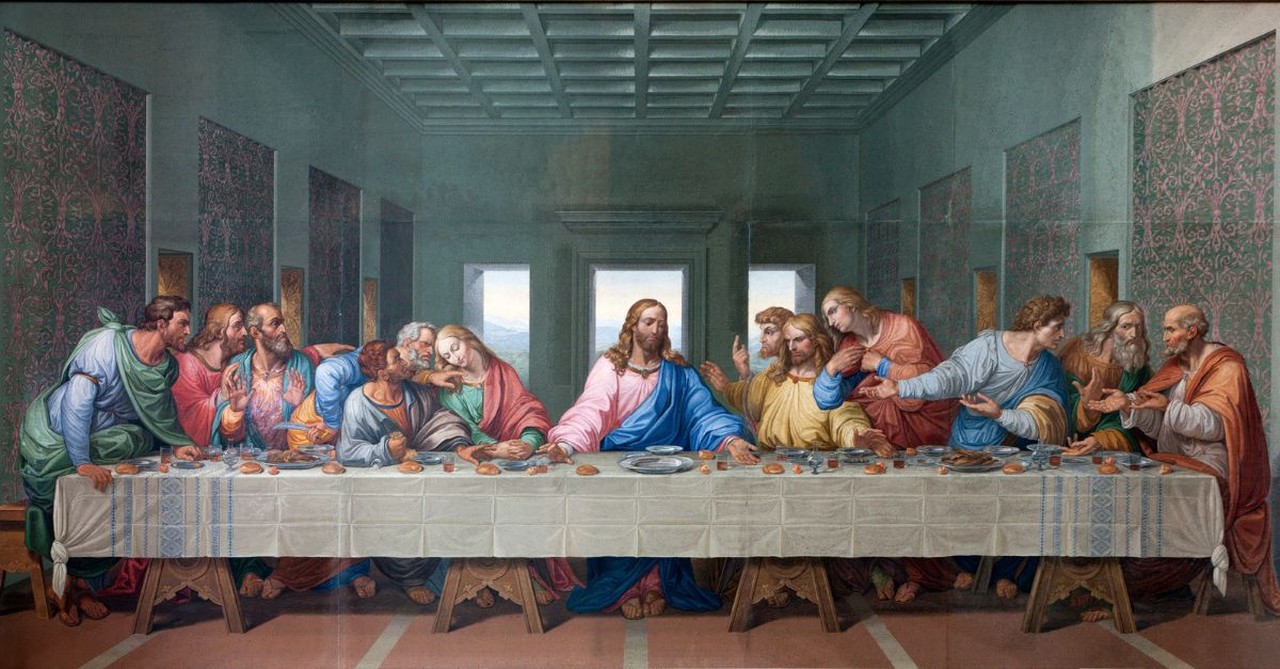
4. The Last Supper
SLIDE 3 OF 4
Prior to His crucifixion, Jesus instituted what would be known as the Last Supper to His disciples, which is still celebrated today by His church (Matthew 26:26-29; Mark 14:22-25; Luke 22:14-20). The meal, consisting of bread and wine, symbolizes Christ’s body and blood.
“Now as they were eating, Jesus took bread, and after blessing it broke it and gave it to the disciples, and said, “Take, eat; this is my body.” And he took a cup, and when he had given thanks he gave it to them, saying, “Drink of it, all of you, for this is my blood of the covenant, which is poured out for many for the forgiveness of sins. I tell you I will not drink again of this fruit of the vine until that day when I drink it new with you in my Father’s kingdom” (Matthew 26:26-29).
The apostle Paul also mentions the Last Supper in 1 Corinthians 11:25 as part of the institution of the Eucharist. Although he was not present at the Last Supper like the other disciples, Paul said he received this knowledge through the Lord, possibly indicating divine revelation. Nevertheless, the church today continues to celebrate the Last Supper to commemorate what Christ has done for us. It is also done in anticipation of our feasting with Him in eternity, as we will see in our final point.
Photo Credit: ©Getty Images/sedmak
5. The Marriage Supper of the Lamb
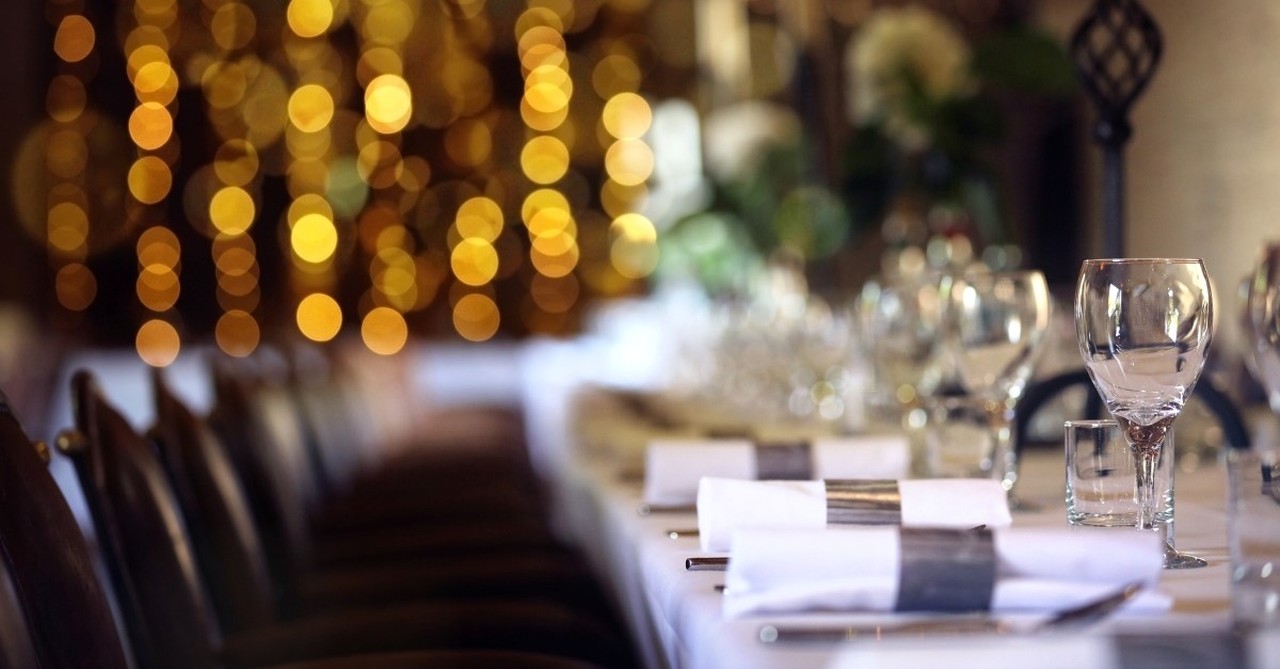
5. The Marriage Supper of the Lamb
SLIDE 4 OF 4
In the last book of the Bible, the Marriage Supper of the Lamb celebrates the ultimate union of Christ and His church.
“Then I heard what seemed to be the voice of a great multitude, like the roar of many waters and like the sound of mighty peals of thunder, crying out, “Hallelujah! For the Lord our God the Almighty reigns. Let us rejoice and exult and give him the glory, for the marriage of the Lamb has come, and his Bride has made herself ready; it was granted her to clothe herself with fine linen, bright and pure”— for the fine linen is the righteous deeds of the saints. And the angel said to me, “Write this: Blessed are those who are invited to the marriage supper of the Lamb.” And he said to me, “These are the true words of God” (Revelation 19:6-9).
The significance of this meal is that it symbolizes Christ as the Lamb, while His church is the bride, described as wearing fine linen, bright and pure, representing the righteous acts of the saints. Given that the feast is titled “the marriage supper of the Lamb”, it is considered the culmination of God’s plan of salvation and Christ’s union with His church. It can also be seen as a moment of victory, as Christ has defeated evil once and for all and now celebrates with His bride. The text also issues a call to rejoice and give glory to God, for He reigns.
Photo Credit: ©Getty Images/BrianAJackson

Originally published July 23, 2025.









